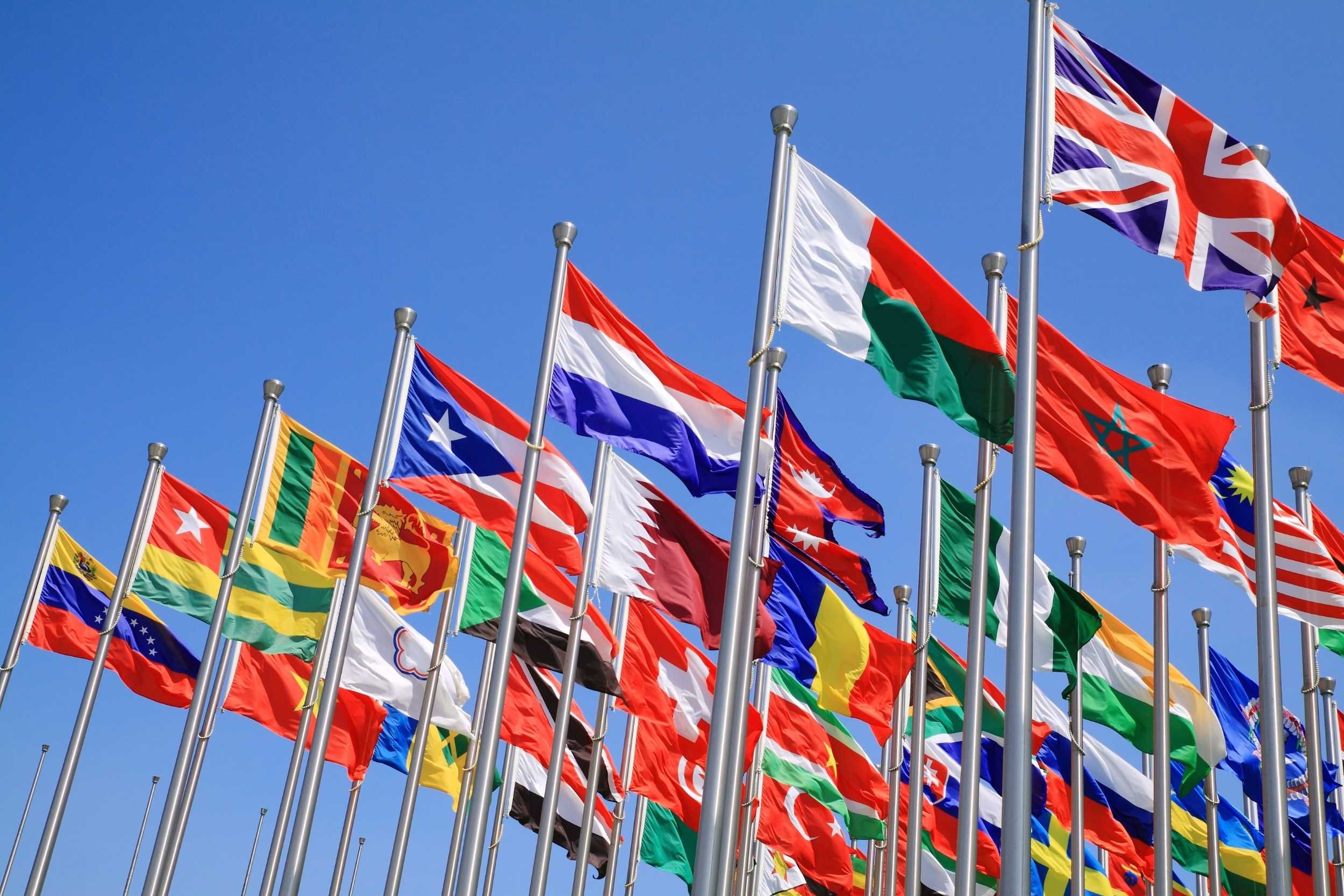If you’re looking to make a change, it can be tempting to try and transplant or improve upon an example that has worked brilliantly for another organisation. Amazing examples that get a mention on a podcast, or in a book can be thought-provoking and provide ideas but ‘lifting and shifting’ a design from one organisation to another rarely works, because just like you, your organisation is unique. Having said that, there are four broad ‘types’ of organisational structure that you may have heard of, which are useful to understand.
‘Lifting and shifting’ an organisation structure rarely works, because your organisation is unique
There are four types of organisational structures that can be seen across most organisations: Function, Product, Geography and Customer. These four archetypes are the building blocks that organisations typically use when they’re (re)designing and (re)structuring their teams. There are pros and cons to all four structure types and in reality, you’ll probably see a blend of the different types of organisation structure in use in your workplace today.
Functional structures organise and group work together by common activity. In a functional structure, each function within the organisation is a separate ‘entity’ that is managed vertically by a Head of Function or Chief Officer.
Functional areas are sometimes referred to as “silos”. Communication generally follows the reporting lines (or hierarchy) of each function cross-departmental communication is usually handled by the department heads.
Product organisation structures will group work by division, category, sector, or business unit. In a product or divisional structure, it’s unusual to find any overlap between divisions. Typically, divisional leaders have high levels of autonomy and do not need to coordinate activity with other teams. This usually means that each division is ‘self-contained’ and has its own resources to support that product line, e.g. its own marketing or product development teams.
Geographic organisation structures will group work by, well, geography! In a saturated market this might look like an area or regional structure. In new markets, teams may be grouped together by country or territory. Core products/services may be standardised but geographic teams are empowered to make decisions based on local culture, politics and tastes.
Geographic structures take many forms including satellite offices, websites and offerings tailored to local markets, and area/regional/country/global headquarters. In short, anything to stay close to customers. Geographically dispersed teams can react more quickly to local events, cultural shits, political changes and the evolving tastes of their customers. Ever noticed that some soft drinks taste sweeter or more bitter in other countries? That’s a great example of a geographic team making a local decision to suit the market, whilst maintaining the core product offering. Sometimes a geographically distributed team can duplicate resources and effort; I’ve even heard of three teams at one company all working on the same project without anyone realising. Without really top-notch employee engagement and internal communications, the business can end up competing against itself. This has the potential to mix messages for clients, and possibly create waste and inefficiency.
Customer structures will group work by prioritising the customers’ need for a single point of contact. It’s fairly common to see customer structures when organisations group activity towards customers with similar buying behaviours. If you ever meet a sales representative, account manager or customer relationship manager, the chances are that organisation is using a customer structure. It’s nice to know that they’re organised around your needs, eh?
We are passionate about finding ways to help bosses do the best they can to look after their people. Some of what we’ve outlined here is simple, but implementing activity that’s targeted to help those that need it most often gets businesses in a pickle. Primarily because they get bogged down about treating all employees the same. If you need help to work how to support those that need it in a way that’s fair and legal, then please drop us a line. We’d be happy to talk to you.

The Four Organisational Structures
There are four types (or archetypes) of organisational structure seen in most companies today

Functional
Functional structures organise and group work, and therefore teams, by common activity

Product
Product structures are often organised as 'self-contained' and autonomous teams

Geography
Geographic teams are, well, organised by geography, and usually empowered to make localised decisions

Customer
Customer structures organise teams by the need for a 'single point of contact' or common buying behaviours
Don't know where to start when it comes to supporting your team through the Cost of Living Crisis?

